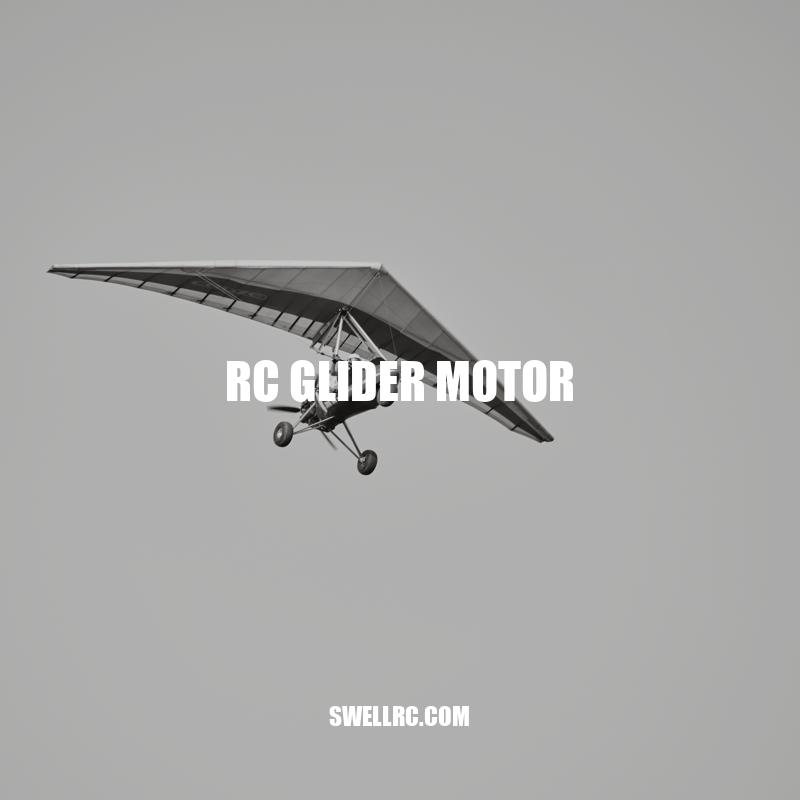Choosing the Best RC Glider Motor: Key Factors to Consider
Remote control (rc) gliders are popular amongst hobbyists, pilots, and aviation enthusiasts. However, the performance of the glider is highly dependent on its motor. A good motor provides the necessary power and efficiency for the glider to maintain altitude, speed, and direction. With so many options available for rc glider motors, choosing the right one can be challenging. In this article, we will explore the different types of motors available, how to choose the right size and Kv rating, and the importance of battery and electronic speed controller (ESC) compatibility. We will also provide tips on installation and maintenance to keep your motor in optimal condition.
Brushed vs Brushless Motors: What’s the Best Option for Your RC Glider?
If you’re looking for a rc glider motor, you have two main options: brushed or brushless motors. Brushed motors have more moving parts, which means they require more maintenance. On the other hand, brushless motors have a longer lifespan and are more efficient. They provide better control and higher RPMs, making them ideal for advanced aerobatic maneuvers.
For beginners, a brushed motor may be a good option due to its affordability and ease of maintenance. However, for more experienced users, a brushless motor may be the better choice. While brushless motors are generally more expensive, they offer higher performance and efficiency.
To find the right rc glider motor for your needs, consider your experience level and what type of flying you plan to do. Websites such as HobbyKing offer a wide selection of both brushed and brushless motors for rc gliders. Make sure to read product descriptions and specifications carefully before making a purchase.
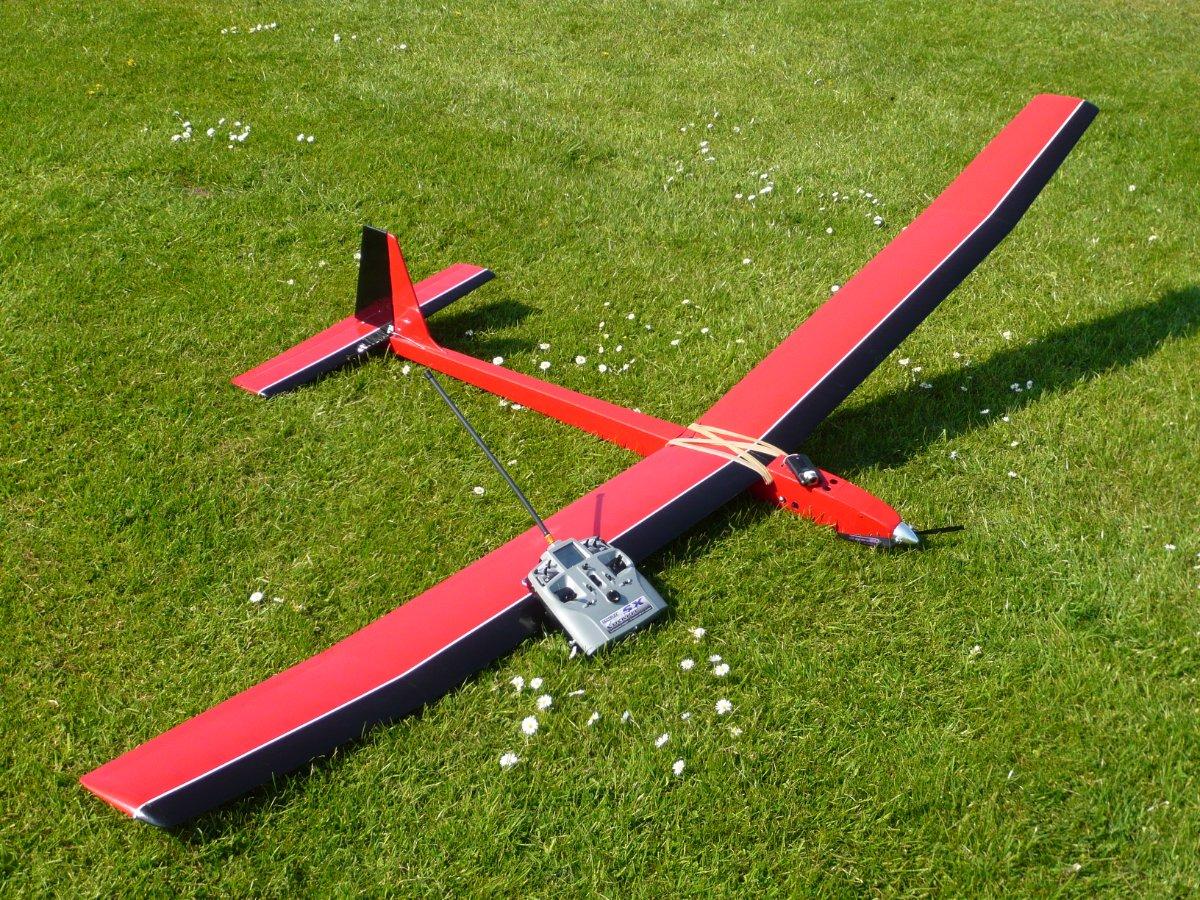
What are some factors to consider when choosing between a brushed or brushless rc glider motor?
Factors to consider when choosing between a brushed or brushless RC glider motor include power output, durability, efficiency, and cost.
Choosing the Right Motor for Your RC Glider
RC Glider Motor:
The motor size and Kv rating are critical factors when choosing the right motor for your RC glider. The motor’s size should be appropriate for the size and weight of the glider. A larger motor may not necessarily be better as it can affect the glider’s balance. Kv rating refers to the number of revolutions per minute per volt applied to the motor. The higher the Kv rating, the faster the motor rotates. Choosing the right Kv rating depends on the glider’s wingspan and wings loading.
Using a motor too large or small can negatively affect the performance of the glider. Typically, a motor should produce enough power to propel a glider at its desired speed without causing balance issues. On the other hand, Kv rating is an important consideration when choosing a motor for your glider. Ideally, you want to choose a motor with a Kv rating that matches your flying needs. Using a motor with too high of a Kv rating can lead to a shorter flight time, while a motor with too low of a Kv rating may struggle to properly lift the glider.
Here is a table that can help you choose the appropriate motor based on your glider’s wingspan and wings loading:
| Wingspan | Wings Loading | Motor Size | Kv Rating |
|---|---|---|---|
| Up to 1 meter | 30-50 g/dm² | Brushed 1811 | 2000-3000 Kv |
| 1-2 meters | 20-40 g/dm² | Brushless 2216 | 1000-2000 Kv |
| 2-3 meters | 15-25 g/dm² | Brushless 2814 | 800-1500 Kv |
| 3-4 meters | 10-20 g/dm² | Brushless 3520 | 500-800 Kv |
Websites such as Horizon Hobby offer a motor finder tool that can help you find the right motor based on your glider’s specifications.
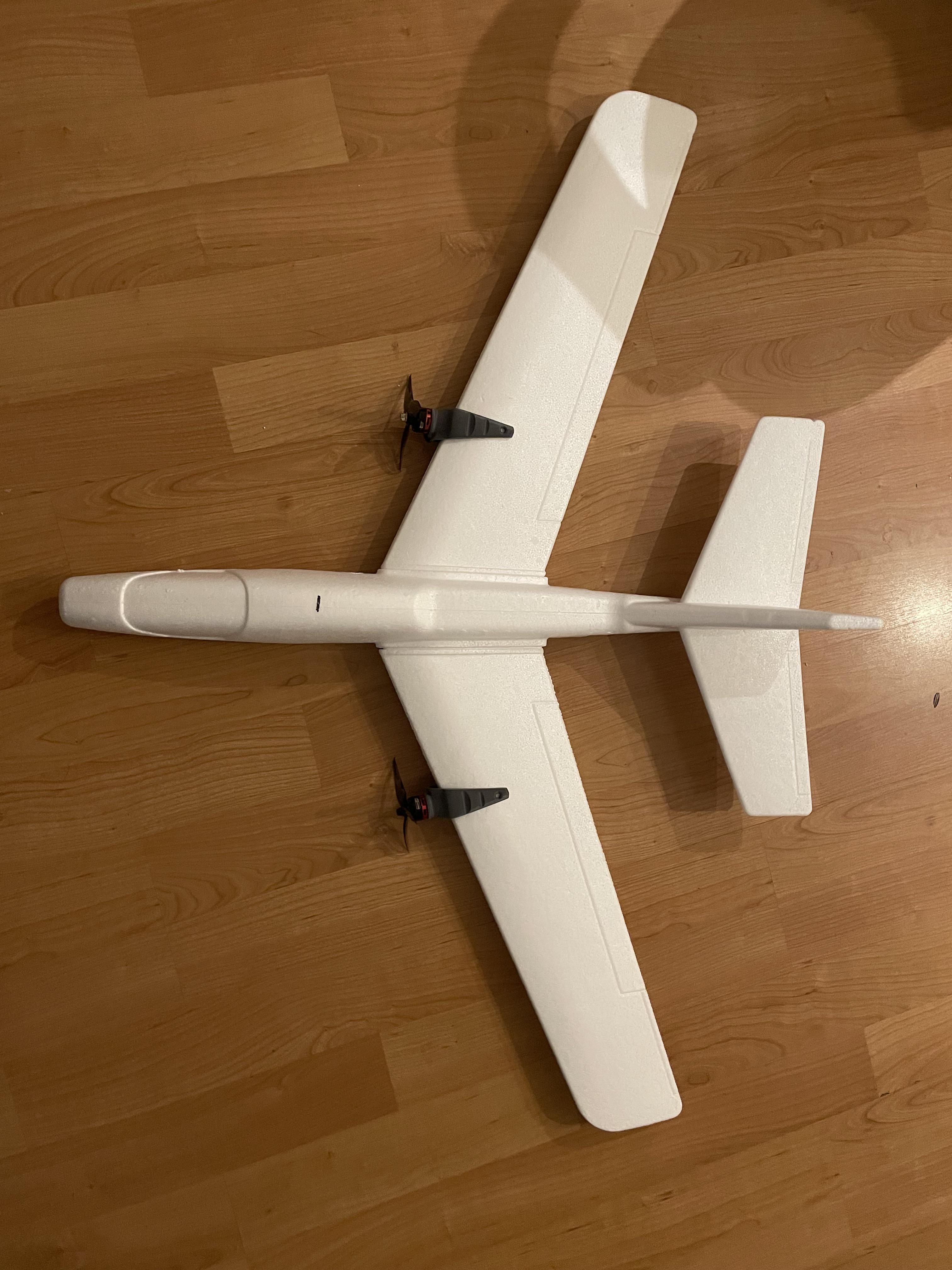
What is Kv rating and how does it affect RC glider motor selection?
Kv rating is a unit used to measure the motor’s speed as it relates to the voltage applied. The higher the Kv rating, the faster the motor spins, and the lower the Kv rating, the slower the motor spins. When selecting a motor for an RC glider, the Kv rating must be chosen carefully, as it affects the motor’s performance and efficiency. A motor with a higher Kv rating will likely provide greater speed and power but will draw more current and therefore drain the battery faster. A motor with a lower Kv rating will be more efficient and provide a longer flight time but may not provide the desired speed and power.
Optimizing Battery and ESC Compatibility for RC Glider Motors
The battery and ESC are crucial components that affect the rc glider motor‘s performance. When choosing a battery, the voltage and current requirements need to match the motor’s rating. A higher voltage battery can cause the motor to overheat, and a lower voltage battery may not provide the necessary power. The battery’s Ah rating also plays a crucial role in the flight time duration, with more capacity leading to longer flight time.
The ESC acts as a regulator, controlling the motor’s speed and direction in rc glider motors. When selecting an ESC, it’s essential to ensure it matches the motor’s current rating and the battery voltage. An ESC with a higher rating than the motor will not overheat during operation. Some high-end ESCs also offer additional features such as telemetry data, temperature protection, and overvoltage protection.
Websites such as HobbyKing offer a wide range of batteries and ESCs suitable for rc gliders. It’s best to find a retailer that offers a large selection of compatible products to ensure your battery, ESC, and motor combination function optimally.
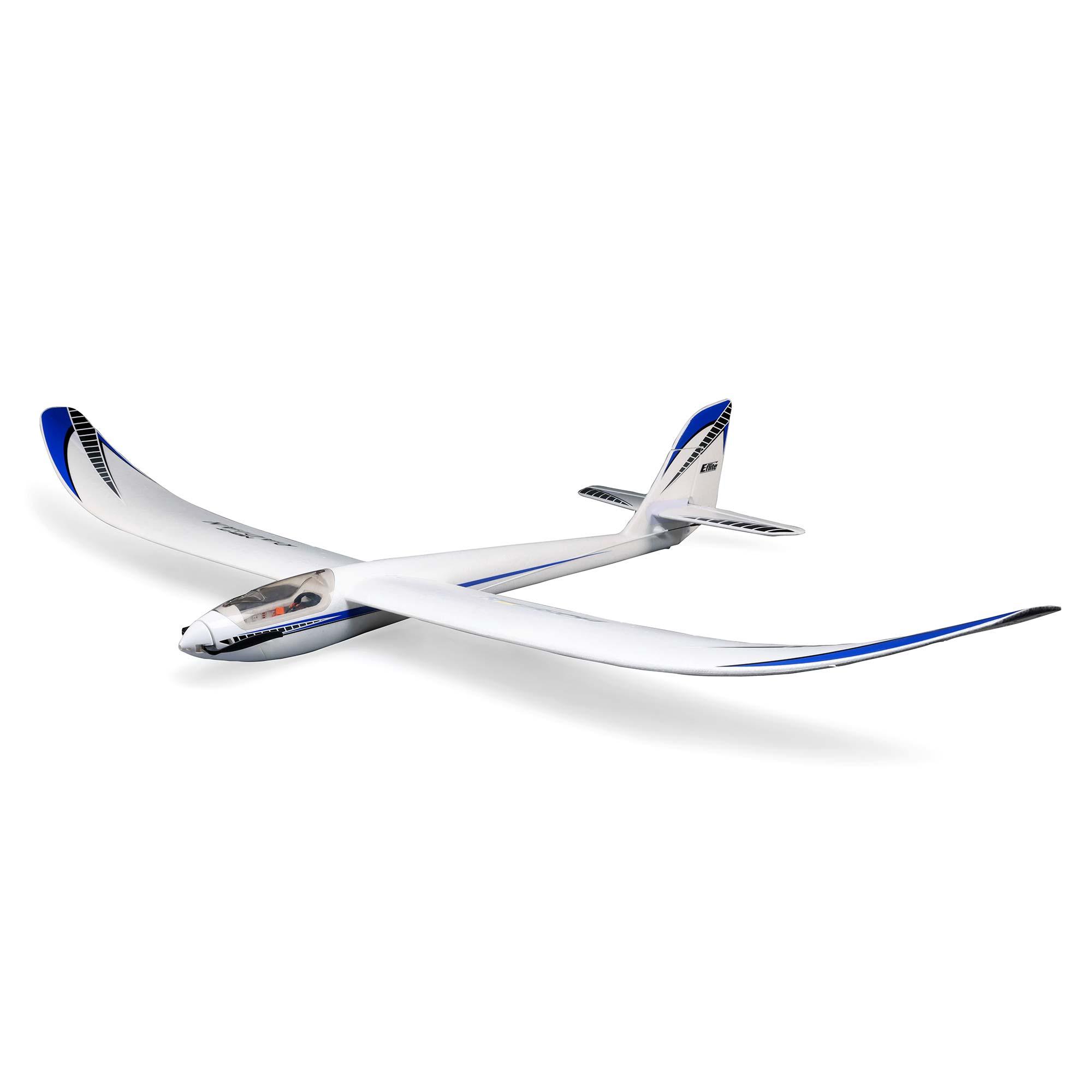
What factors should be considered when choosing an ESC for an rc glider motor?
Factors to consider when choosing an ESC for an RC glider motor include the motor size, max current rating, voltage rating, and compatibility with the glider’s battery and radio system.
Maximizing Performance and Lifespan: Proper Installation and Maintenance of Your RC Glider Motor.
- Installation and Maintenance:
- Carefully read the user’s manual before proceeding with the installation.
- Securely mount the motor onto the glider, making sure it’s properly aligned with the propeller shaft.
- Check the motor’s screws and connections regularly for any looseness or damage.
- Clean the motor regularly using a soft brush. Avoid using water or any cleaning agents.
- Store the motor and glider in a cool, dry place to avoid damage from moisture or dust.
Proper installation and maintenance of the motor can significantly extend its lifespan and improve the glider’s performance. The user’s manual provides detailed instructions on the installation process, making it crucial to carefully read it before proceeding.
Mounting the motor accurately onto the glider is essential for optimal performance, and it’s crucial to ensure that it’s aligned correctly with the propeller shaft to avoid any imbalance. Regular checking of the motor’s screws and connections for looseness or damage can prevent accidents during operation.
The motor should be cleaned regularly to avoid any build-up of dirt or dust which can lead to overheating, causing permanent damage. Use a soft brush to clean the motor, avoiding water and any cleaning agents. Proper storage of the motor and glider in a cool and dry place can prevent any damage from moisture or dust.
Various sites such as Amazon, HobbyKing, and Horizon Hobby offer different cleaning products and compatible maintenance tools to clean or maintain the motor and glider with ease. It’s recommended to follow all guidelines mentioned in the user’s manuals and to take all precautions while operating or maintaining the motor.
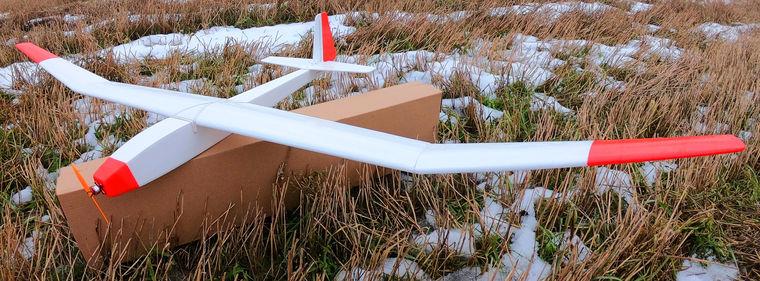
What precautions should be taken while operating or maintaining the motor?
Precautions that should be taken while operating or maintaining the motor include wearing personal protective equipment, following manufacturer’s instructions, turning off power supply before maintenance, checking for loose connections, avoiding overloading, and keeping the motor clean.
If you’re looking to take your remote control gliding experience to the next level, finding the best motor for your rc glider is essential. Selecting the right motor involves considering various factors, such as size, Kv rating, battery, and ESC compatibility. The type of motor you choose for your glider will significantly influence its performance, resulting in the type of flying experience you’ll have.
Brushed motors are relatively cheaper and simpler, making them suitable for beginners. However, they tend to wear out faster and require regular maintenance. In contrast, brushless motors are more efficient, powerful, and have a more extended lifespan, making them ideal for experienced glider pilots.
Moreover, the compatibility of the motor with the battery and ESC must be considered while making a purchase. An incompatible ESC could damage the motor, and a mismatched battery could cause it to underperform.
Proper installation and regular maintenance of the motor ensure its optimal performance and lifespan. Take all precautions, follow user manual guidelines, and properly store the glider and motor to avoid any damage. Various sites provide cleaning products and compatible maintenance tools to keep the motor and glider in top shape.
Choosing the right motor for your rc glider is a crucial step in ensuring an enjoyable and safe flying experience. Do your research, consult user manuals, and consider all factors before making a purchase. With the right motor, you’ll be able to achieve the desired performance, making the most of the rc gliding experience.
Conclusion:
In conclusion, a reliable motor is an essential component of every rc gliding experience. The right motor powers the glider, ensuring optimized performance. With careful consideration of factors such as brushed vs. brushless motors, Kv rating, battery and ESC compatibility, maintenance, and installation, you’ll be in a position to select the ideal motor to meet your gliding needs. Always keep safety in mind when operating the motor and store the motor properly when not in use. By selecting the right motor for your rc glider and maintaining it correctly, you can ensure years of flying fun!

